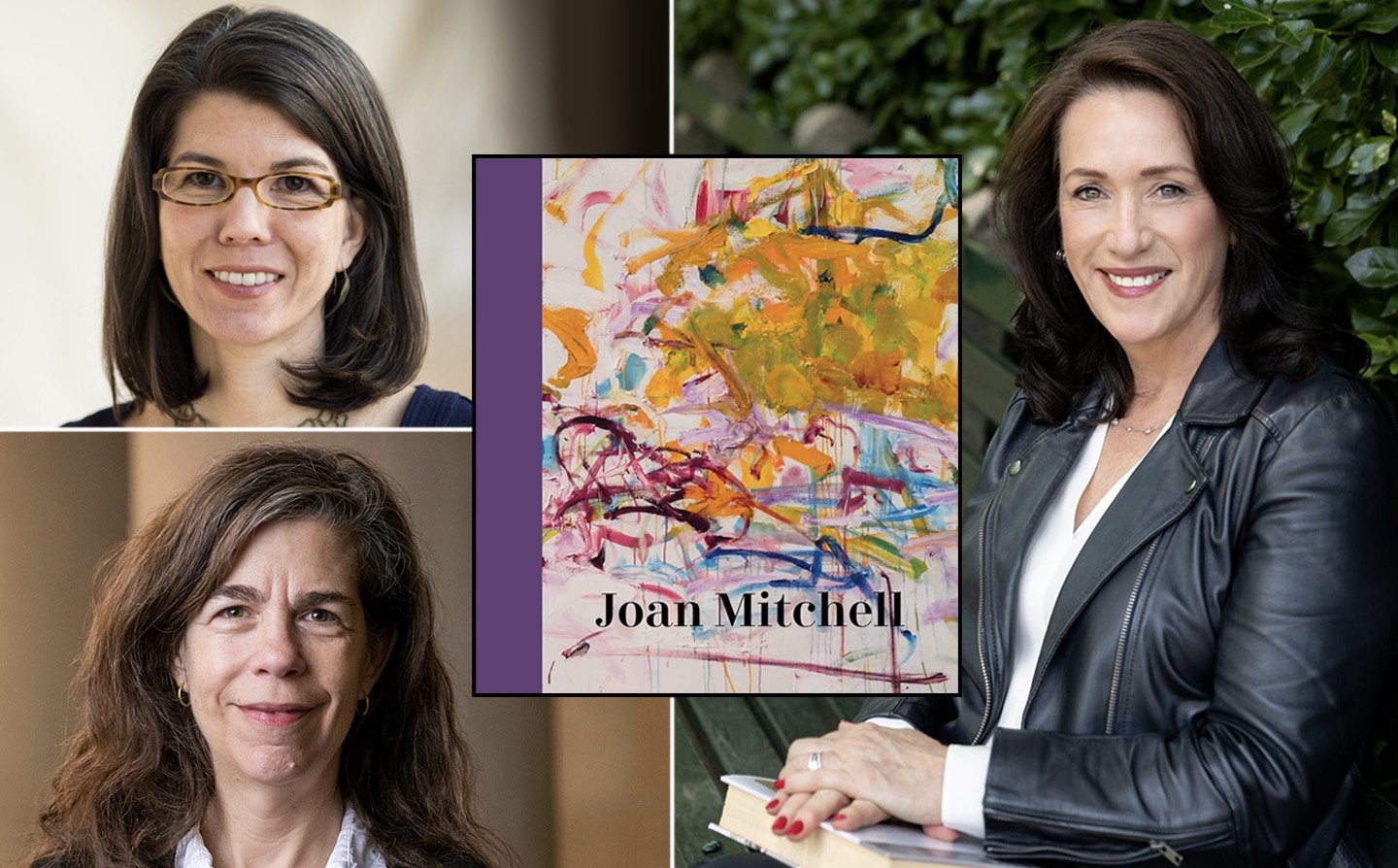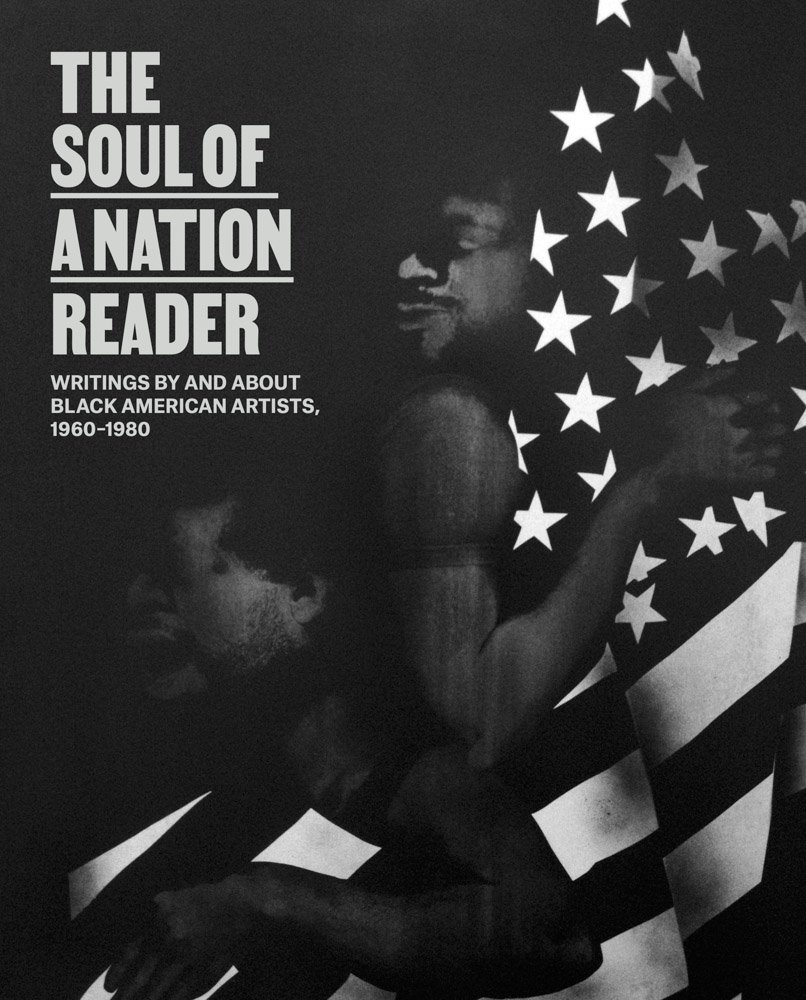Reading the Art World episode eight: a conversation with András Szántó, cultural strategist and widely published author about his recent book, The Future of the Museum: 28 Dialogues.
This is a fascinating moment. There is more change happening in the field than we’ve seen over decades. Some of it has been very painful, but it has also provided opportunities to empower new voices, integrate new art, change ways of doing things, question sacred cows. And some of that is undoubtedly good. — András Szántó
Listen to this podcast on Spotify and Apple.
Order the book here .
In the wake of the 2020 coronavirus pandemic, András Szántó conducted a series of virtual conversations with international museum leaders. At this pivotal moment, the directors spoke candidly about the challenges and untapped potential of art museums.
As a devoted museum goer, I was interested in speaking with András about how our current cultural and political climate will alter the role of museums and how they interact with local communities and a larger global audience. In his latest book, The Future of the Museum: 28 Dialogues, András explores the ways that art institutions are innovating to reengage their audiences.
Through 28 conversations with a mix of global museum directors, he reveals how museums are experimenting with new sources of income, new ways to engage the public, and new ways to run institutions. During this time of reinvention, the traditional functions of the art museum are expanding to become places of gathering, community, education and engagement.
Museums
Staatliche Kunstsammlungen Dresden, the High Line, Garage Museum of Contemporary Art, MACAAL, Acute Art, Fine Arts Museums of San Francisco, Tel Aviv Museum of Art, Art Gallery of South Australia, Museo de Arte Moderno de Medellín, Metropolitan Museum of Art, Lucas Museum of Narrative Art, Mori Art Museum, Peabody Essex Museum, Zeitz Museum of Contemporary Art Africa, Palais de Lomé, Toledo Museum of Art, Museo de Arte Moderno de Buenos Aires, Serpentine Galleries, Brooklyn Museum, MASP, M+ Museum, Royal Academy of Arts, Australian Center for the Moving Image, Pérez Art Museum, National Gallery Singapore & Singapore Art Museum, UCCA Center for Contemporary Art, Musée d’Art et d’Histoire, Musée de la Fondation Zinsou.
Contributors
Marion Ackermann, Cecilia Alemani, Anton Belov, Meriem Berrada, Daniel Birnbaum, Thomas P. Campbell, Tania Coen-Uzzielli, Rhana Devenport, María Mercedes González, Max Hollein, Sandra Jackson-Dumont, Mami Kataoka, Brian Kennedy, Koyo Kouoh, Sonia Lawson, Adam Levine, Victoria Noorthoorn, Hans Ulrich Obrist, Anne Pasternak, Adriano Pedrosa, Suhanya Raffel, Axel Ruger, Katrina Sedgwick, Franklin Sirmans, Eugene Tan, Philip Tinari, Marc-Olivier Wahler, and Marie-Cécile Zinsou.
Learn more about Reading the Art World here.




















































